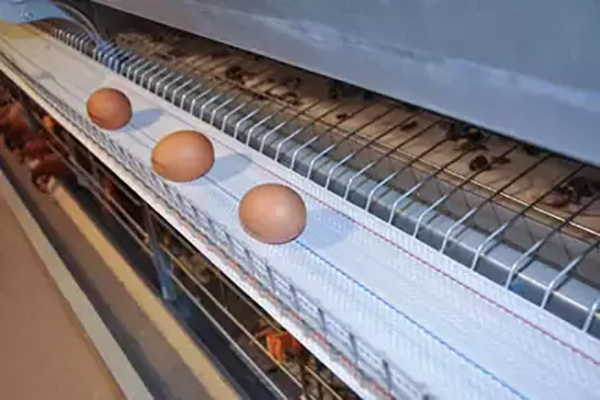Maximizing Efficiency with Chicken Cages Featuring Feeding Automation Systems
Understanding the Benefits of Automated Feeding Systems in Chicken Farming
The modern chicken farming industry is continuously evolving to enhance productivity and minimize manual labor. One of the key advancements in this field is the integration of a feeding automation system in chicken cages. This article delves into the advantages of such systems and their impact on the industry.
Improved Feed Distribution
One of the primary benefits of automated feeding systems is the consistent distribution of feed. Unlike manual feeding, where chickens may not receive equal portions, these systems ensure that each bird gets the right amount of feed. This balanced feeding helps in maintaining the health and growth of the chickens.
According to a study conducted by the Agricultural University of Athens, automated feeding systems can increase feed conversion ratio (FCR) by up to 10%. This means less feed is wasted, leading to significant cost savings for farmers.
Enhanced Hygiene
Manual feeding often results in waste and the spread of diseases. Automated systems reduce the risk of disease transmission and improve cage hygiene. This is crucial in maintaining a healthy flock and minimizing veterinary costs.
Time and Labor Savings
Feeding is a time-consuming task that requires constant monitoring. Automated feeding systems free up valuable time for farmers to focus on other important aspects of chicken farming. The same study by the Agricultural University of Athens found that implementing such systems can save farmers up to 20 hours per week.
Environmental Considerations
Automated feeding systems also have environmental benefits. By reducing feed waste and promoting healthier chickens, these systems contribute to a more sustainable and eco-friendly farming practice.
Key Features of Chicken Cages with Feeding Automation Systems
– Precision Feeding: Systems can be programmed to feed chickens at specific times, ensuring they receive the right amount of nutrients.
– Remote Monitoring: With advanced technology, farmers can monitor and control the feeding process remotely.
– Adaptive Feeding: Systems can adjust feeding rates based on the age, weight, and growth stage of the chickens.
Conclusion
Incorporating feeding automation systems in chicken cages is a strategic move for modern chicken farming. These systems offer numerous benefits, from improved efficiency and reduced labor costs to enhanced hygiene and environmental sustainability.
If you’re considering an automated feeding system for your chicken farm, LIVI Mechanical offers comprehensive solutions. Contact us today to get a free design and equipment quotation. Don’t miss out on the opportunity to take your chicken farming business to the next level.





